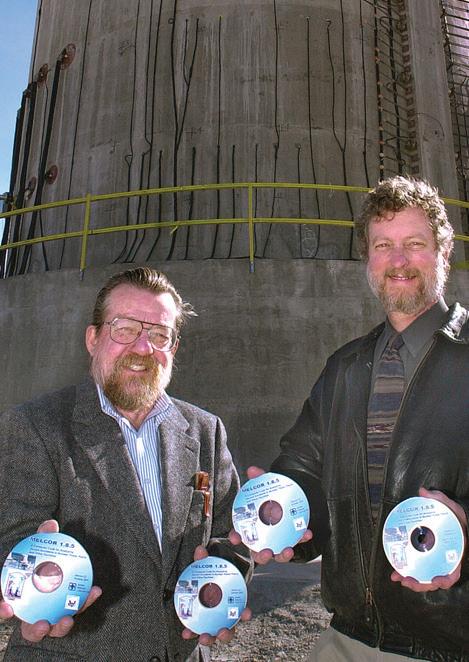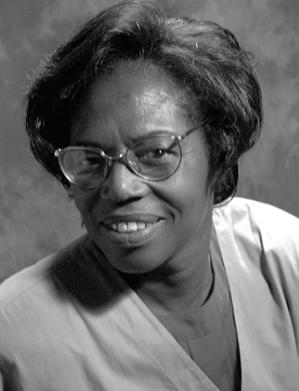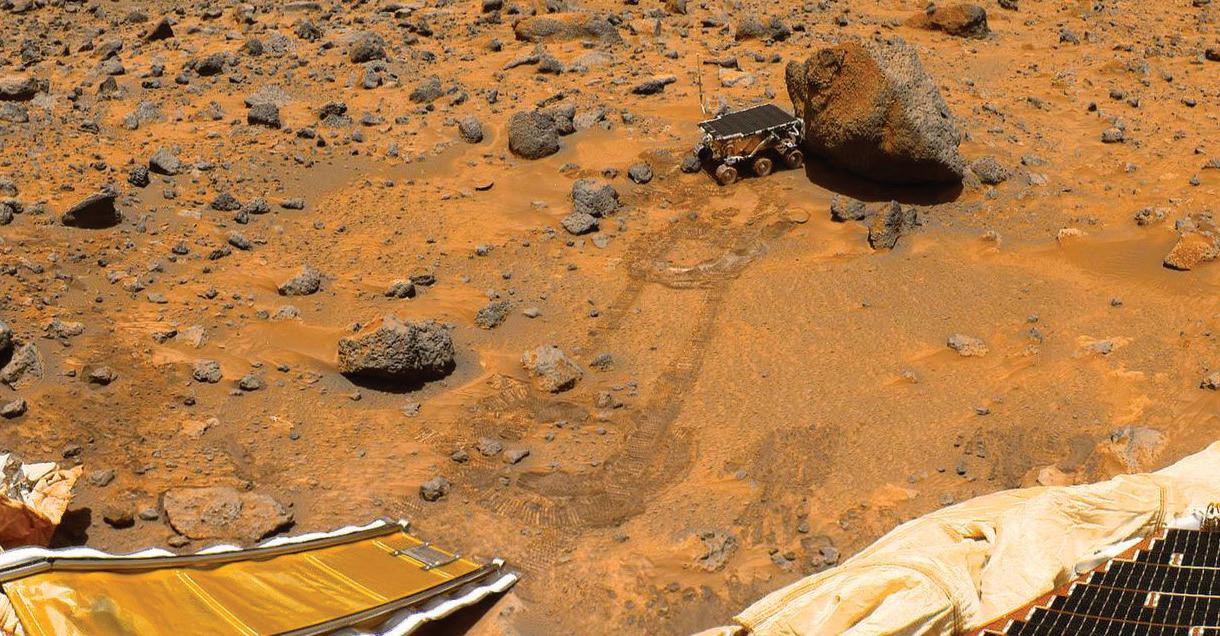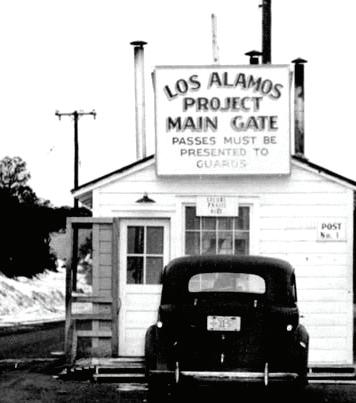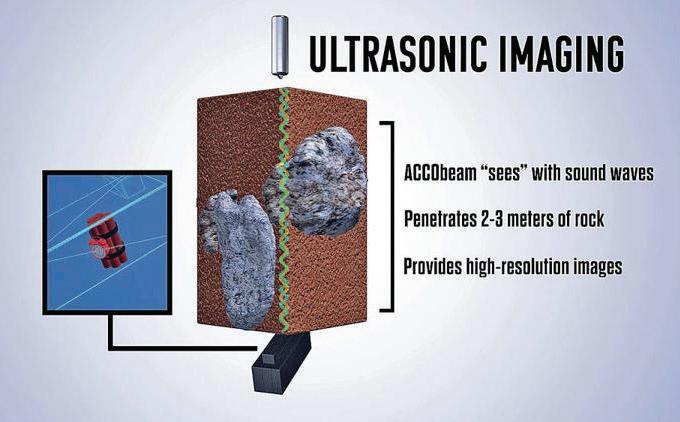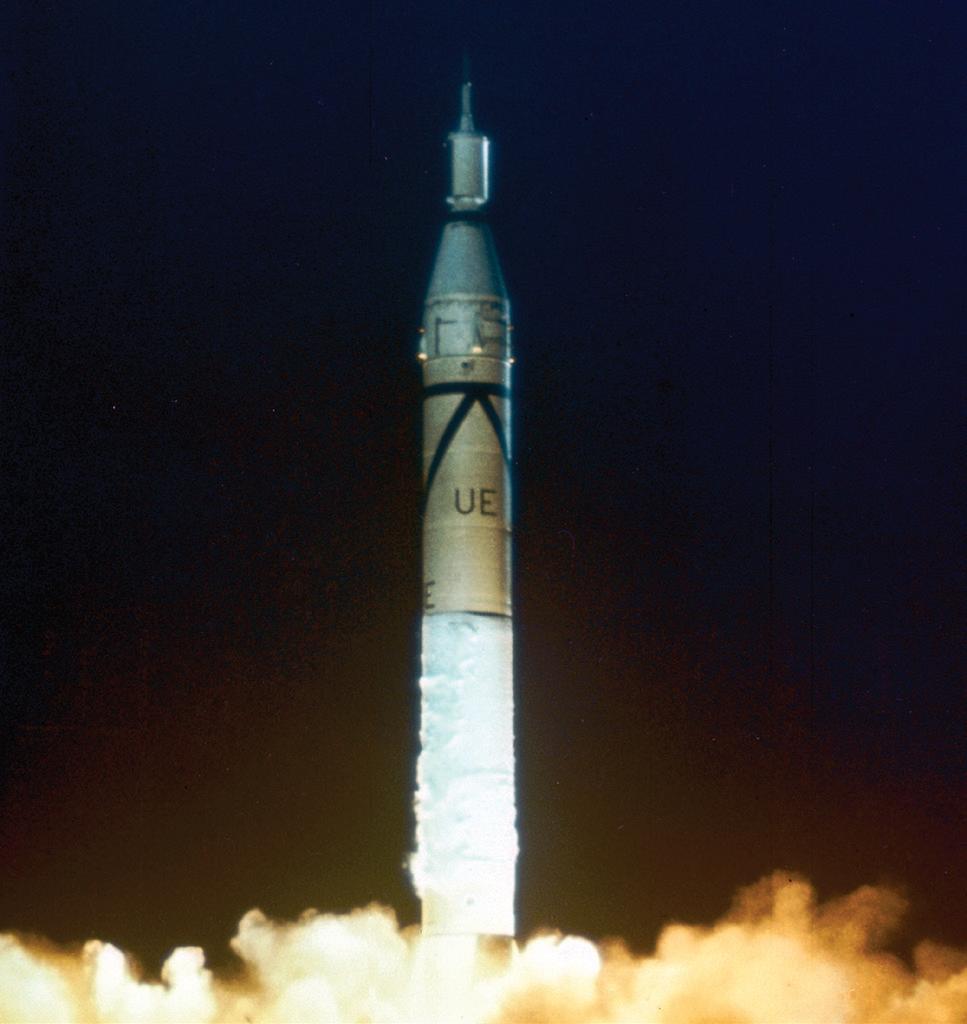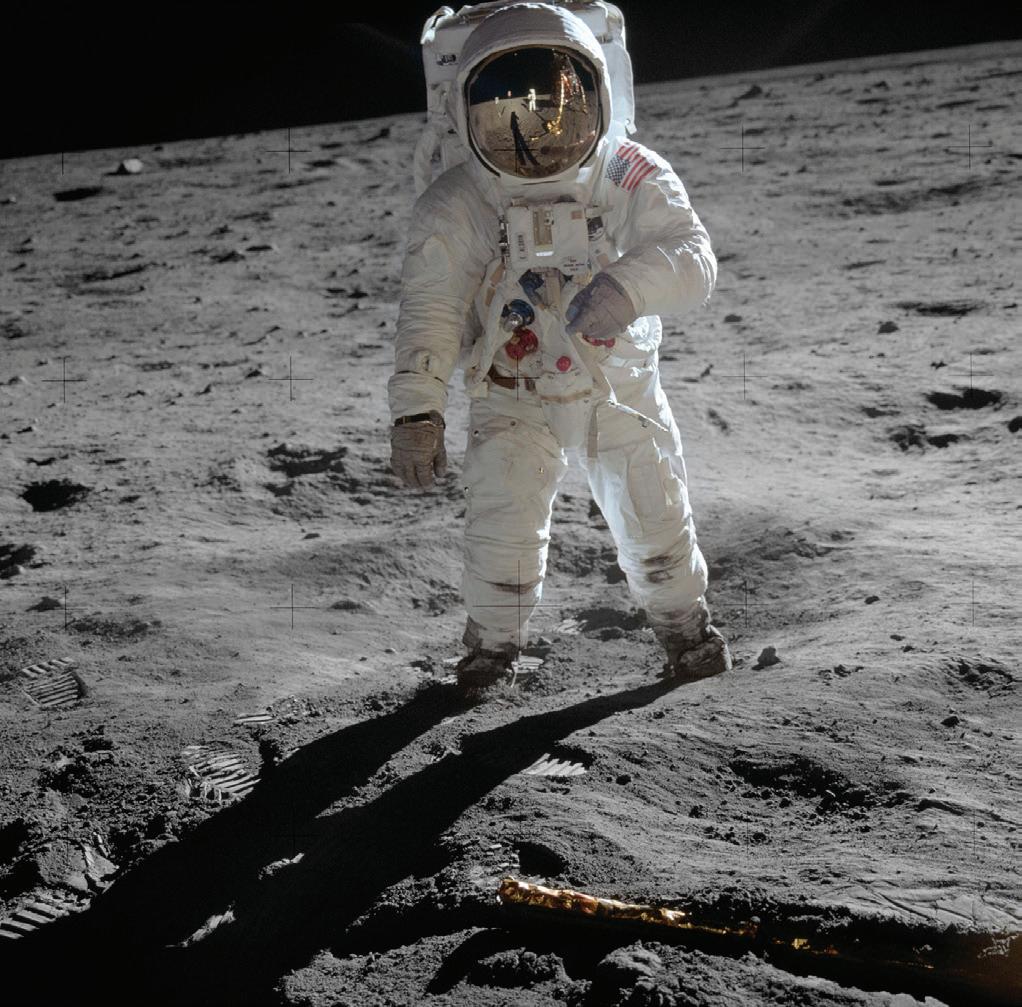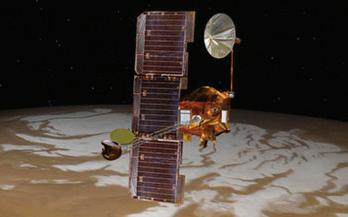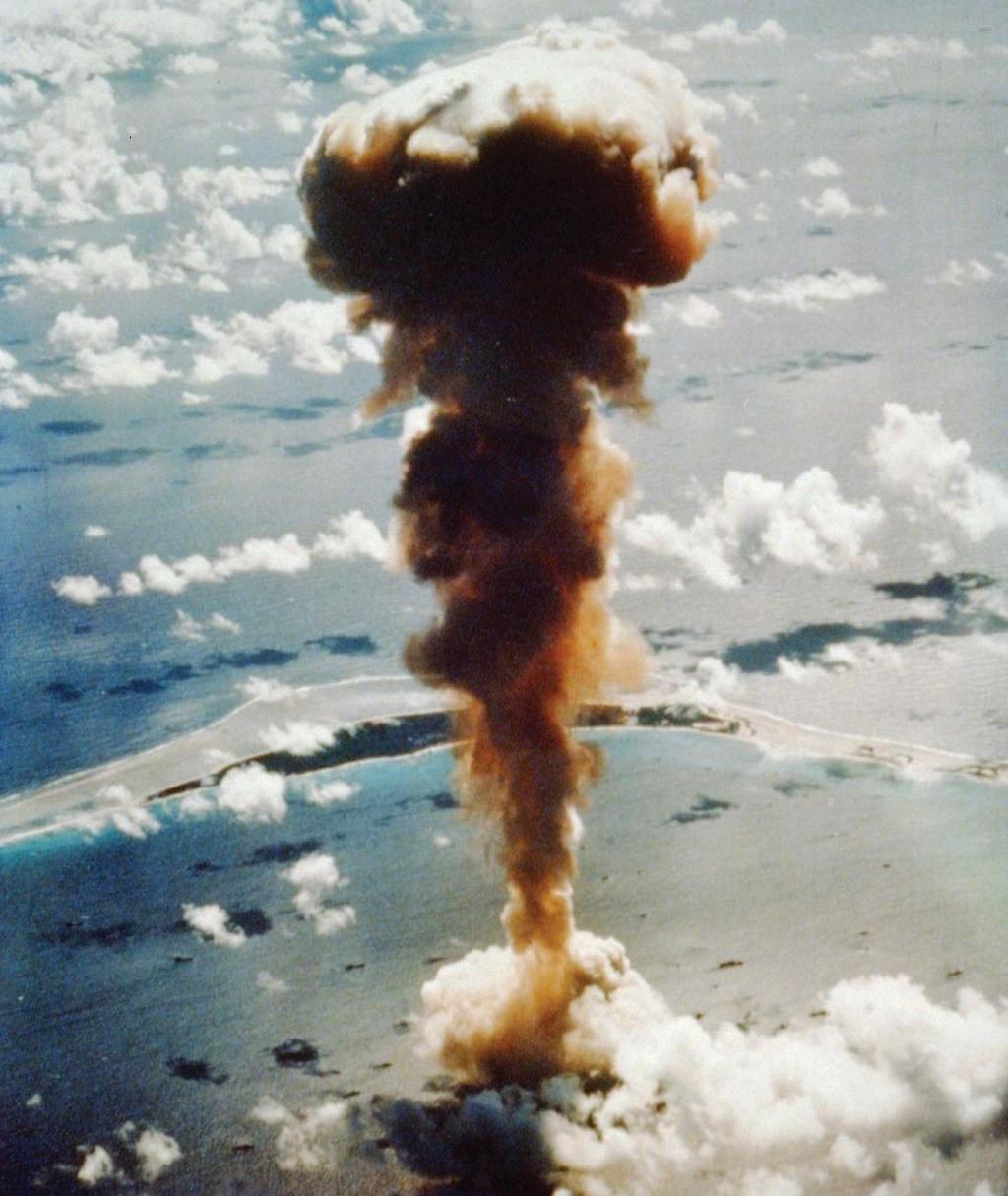
1 minute read
1980s
7
Plutonium-238 GPS Satellites
Advertisement
1980s
Manhattan Project: America’s Groundwork for Innovation in
MEDICINE SECURITY COMPUTING SPACE INDUSTRY
GPS Satellites
In 1984 the first global positioning system (GPS) satellite was launched with a Los Alamos X-ray detector on board. In subsequent years, more advanced sensors have been hosted on newer Defense Support Programs, GPS, and other U.S. government satellites. These systems monitor the entire globe, 24/7, for nuclear detonations–offering timely information to U.S. policymakers and the Department of Defense.
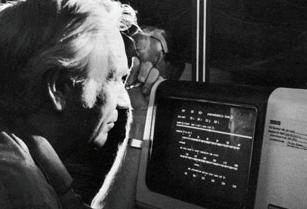
GenBank
The Theoretical Biology and Biophysics Group at Los Alamos National Laboratory collaborated with other scientific groups to establish the Los Alamos Sequence Database in 1979, which culminated in 1982 with the creation of the public GenBank. In partnership with the firm Bolt, Beranek, and Newman, LANL stored more than 2,000 sequences in GenBank by the end of 1983.
GenBank MELCOR
Plutonium-238 for Pacemakers
In the 1980s, Los Alamos produced 63 grams of high-purity plutonium-238 metal for the pacemaker program. Medtronics made about 250 of the plutonium-powered pacemakers, and about twenty-two were still stimulating human hearts more than twenty-five years after they were manufactured, a feat that no battery-powered pacemaker could match.

Nuclear Power Safety
In 1989, Sandia first released MELCOR, a computer software for analyzing severe accidents in nuclear power plants. The software incorporates the results of nuclear power plant safety research gathered since the 1979 Three Mile Island accident, and is the de facto standard for evaluating plant safety among utilities and nuclear regulators in the U.S. and abroad. Dr. Betty Wright was best known for her development and invention of the TATB spot test for identifying explosives in the field. She successfully patented her invention which has been widely adopted by military and civil institutions the world over. She worked for Los Alamos National Laboratory (LANL) as a research chemist in various fields including explosives and nuclear weapons, hazardous waste treatment, and environmental remediation. It was during her time at LANL that she developed her TATB test.
